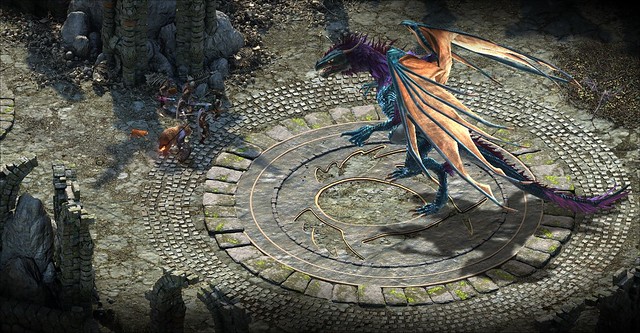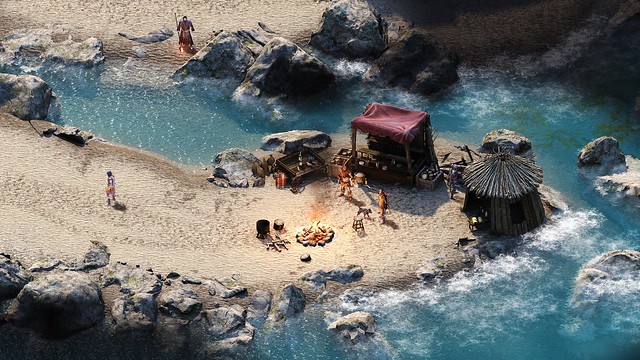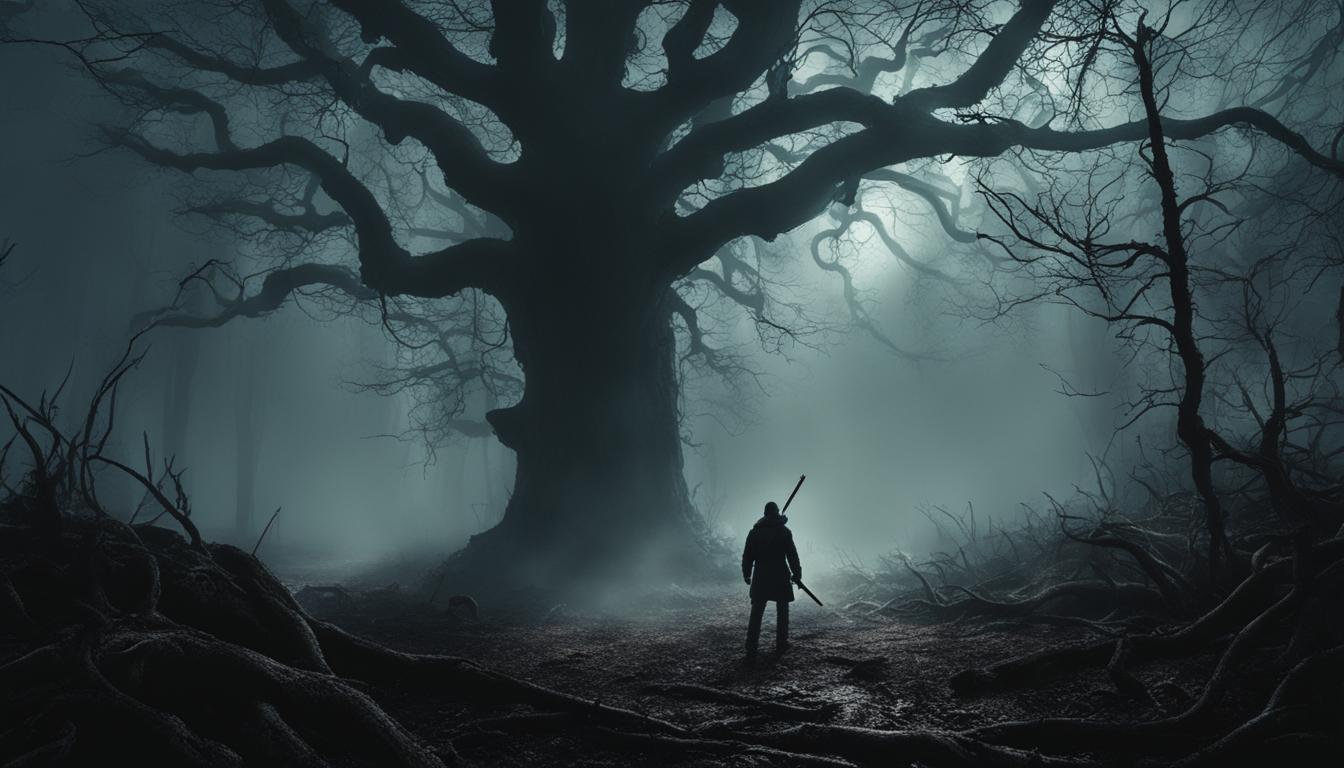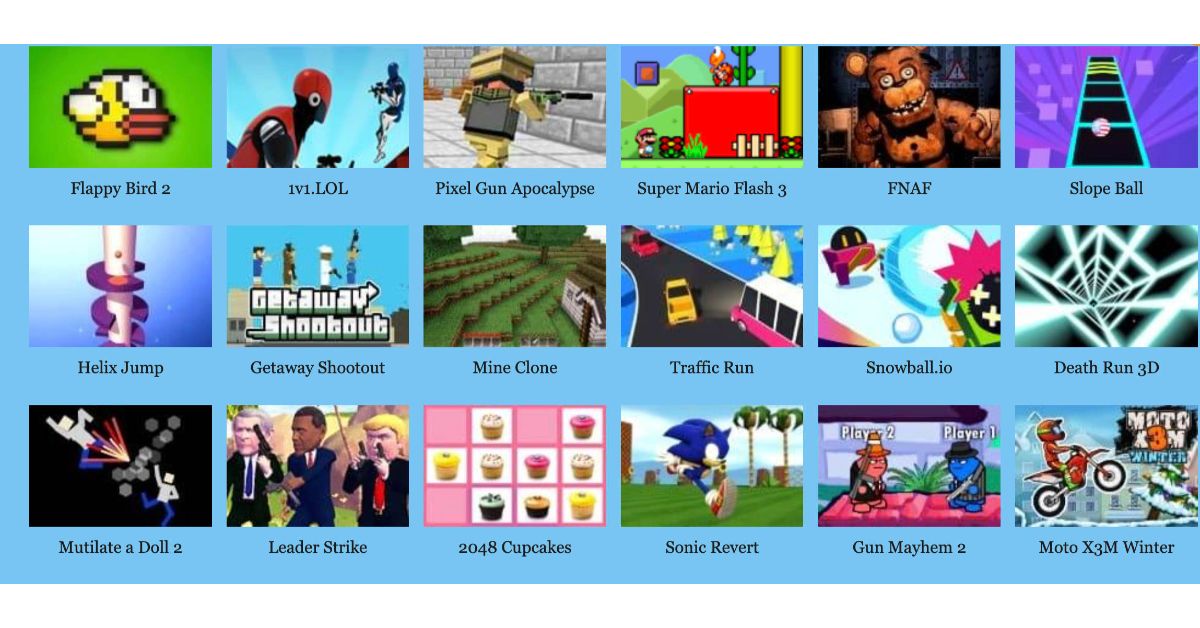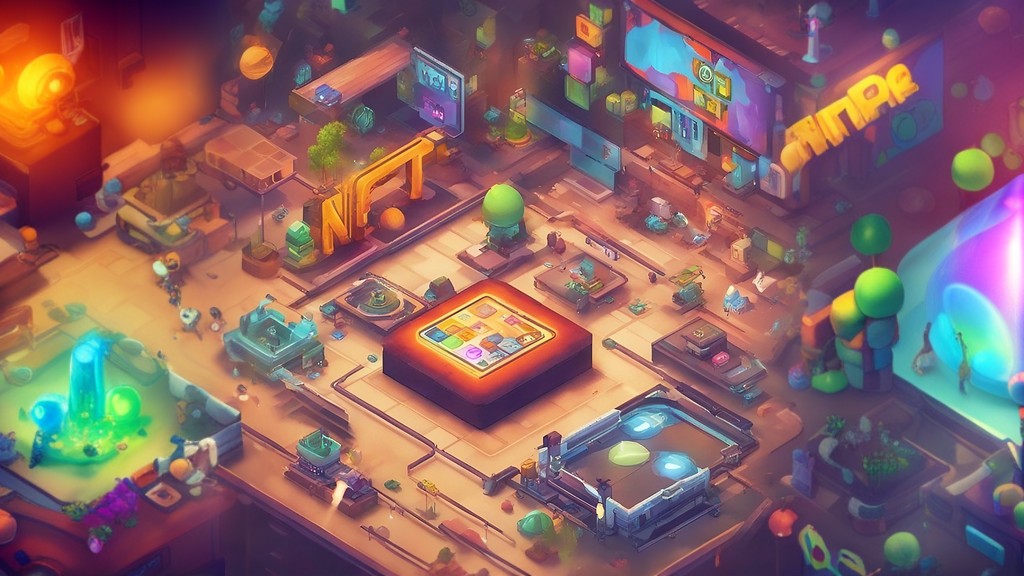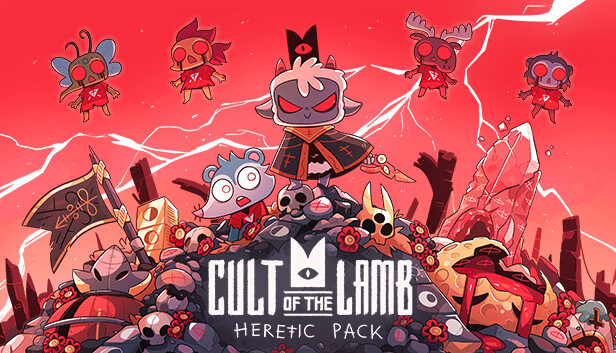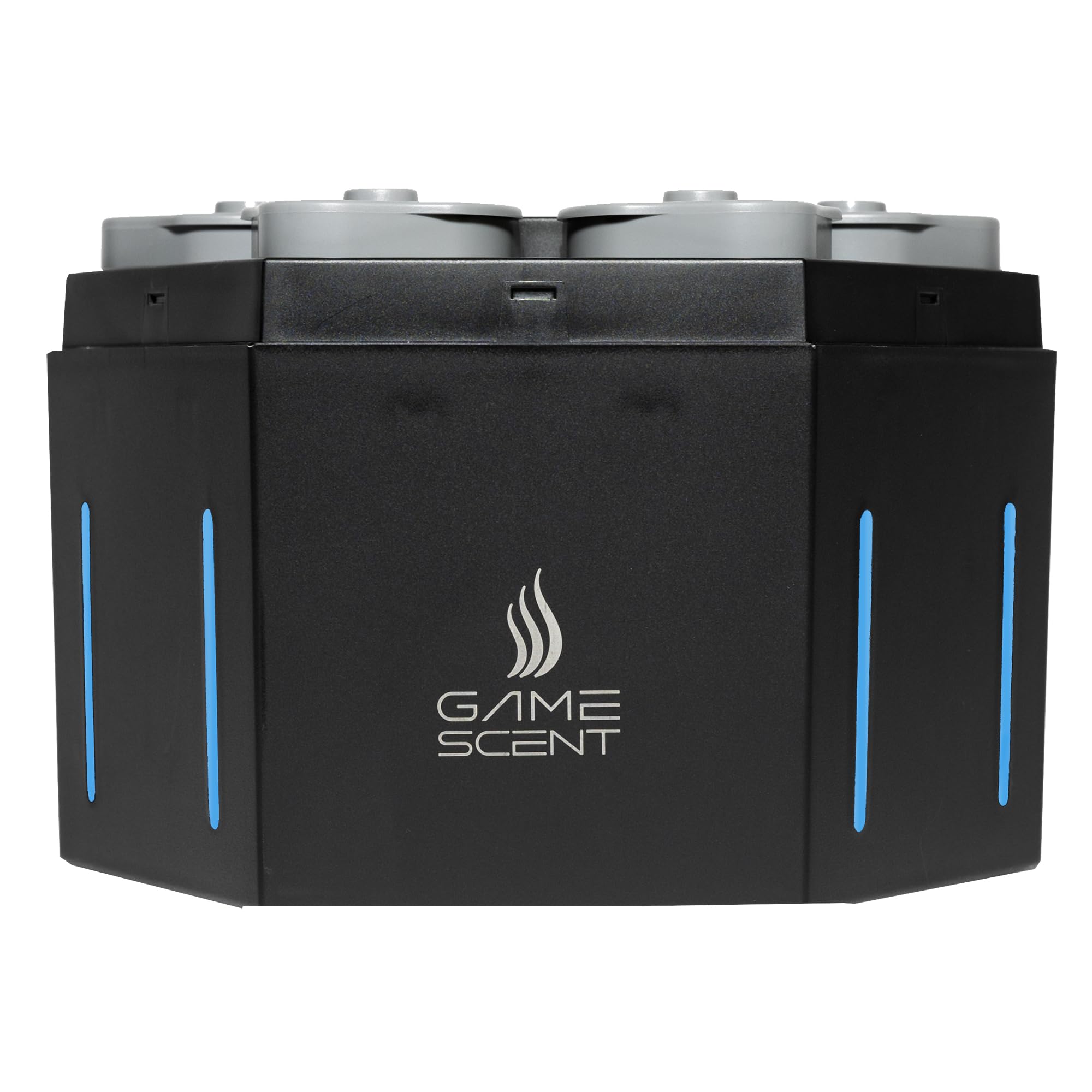[Disclosure: A review code was provided for the contents of this article]
Since it’s original release on PC in 2015, Pillars of Eternity has been lauded by many as the gold standard in isometric RPG’s of the modern age, and it stands alongside Torment: Tides of Numenara as one of only two examples to really capture the spirit of early example such as Baldur’s Gate, Icewind Dale and Placescape: Torment. Alongside Torment: Tides of Numenara, Pillars of Eternity is also the only other notable example to have been ported over to console, and what a port it is.
The Pillars of Eternity: Complete Edition (to offer the full title of the console version) includes both the base game and two large DLC packs that were released later on the PC version, and as a result, it is an absolute feast for RPG lovers. There is almost an eternal amount of content here (oh yes, I did) and if, like me, you’re a fan of deep, plot driven RPG’s with complex, tactical combat, then you are in for an absolute treat. It’s hard to say exactly how many hours of gameplay Pillars Complete contains, but I’ve spend about a hundred hours over the course of this review and – full disclosure – I don’t feel like I’ve seen more than about fifty or sixty percent of what is here.
The basic structure is similar to any other RPG you’ve played. You create a character (from a range of classes, races and backgrounds that will be largely familiar) and guide them along a richly dressed, elaborate plotline that has them gallivanting all over (and under) a huge game world. That world consists of numerous individual locations that are linked by a large scale world map, and players navigate between them in a semi-restrictive, but certainly not linear way based on how much of each of the adjoining locations they explore. I’ve made it sound complicated when it really isn’t, but the point is, this isn’t an open world like that of The Witcher or Skyrim,.
Pillars does give players just enough rope to hang themselves at times, but at least for the first ten or fifteen hours, you’ll probably be too busy familiarizing yourself with the controls and getting used to how everything works to get into too much trouble. One of the main reasons for that is the way in which quests, tasks and other objectives are dished out, which is to say, relentlessly. In the first settlement of Gilded Vale, for example, not only will you find a number of companions to work with, but you’ll also find your first lengthy dungeon, a number of fetch quests and, should you feel up to it, you’ll have the opportunity to delve into some very strange occurrences about town.
Each companion (of which there are more than ten including those introduced by the DLC) has their own side quest as well, and one thing I found especially welcome in Pillars was just how strong the characterisation of each companion is, and how unique and interesting their side quest is. As with all similar games, some of these companions obviously lean towards good or evil, but few are as black and white as they are in older games. Working out the motives of each character and then concluding their own personal story become as compelling for me as it has been in any other game, including the likes of Dragon Age and Knights of the Old Republic, which are among the best of the bunch at creating interesting companions.
Companion quests, story missions and major side quests also interlink in pleasing ways, with many focused heavily on the events that have shaped the Dyrwood region in which most of the game takes place. The land is suffering from a blight or curse known as being Hollowborn, which results in babies being born without souls, usually resulting in their sad and untimely deaths. Many people – from lords to paupers – seek an end to the plague, and whilst some take direct action (for better or worse) others look for blame, which is often directed at individuals calls Animancers. These are individuals who are able to commune with and manipulate the souls of the dead, and whilst they often have good intentions, they are often incapable of controlling the power that they wield.
This melting pot of magical and emotional energy results in a wide range of unique and interesting stories to experience, whilst at the same time, the player must reconcile their own recent change in circumstances – based on the revelation that they have become a Watcher. Whilst Watchers have many of an Animancers abilities in communicating with wayward souls, Watchers are not the same (though they often suffer from the same ire from normal folk) and will actually be driven mad by their abilities in time. This backdrop provides a certain impetus to the feel of the main plot line, but as you can probably guess, there isn’t actually a time limit to complete it – it simply manifests in story events that become ever more fractious.
Combat isn’t always necessary in Pillars, and this is the kind of RPG that rewards quest completion, picking locks and discovering new areas, rather than defeating enemies in combat. Hence, it is possible to sneak or bluff your way through many areas, although I would say that there is quite a lot more unavoidable combat than there is in Torment: Tides of Numenara. Character development is therefore fairly steady (as with any game based on a Dungeons and Dragons style development system) and each level up feels like a significant opportunity to enhance a character materially, or to specialise, which is very likely what you’ll need to do.
Alongside the excellent story, characters and dialogue, combat is also a standout feature of Pillars, and when battle is joined, it is both challenging and rewarding. This is a tactical combat game that plays in real time, but you’ll find yourself making frequent use of the pause and slow motion features, when enable orders to be placed a much more sensible pace. Played at full speed, battles can be over in about a minute, but you’ll lose more than you win that way and instead, you’ll likely need to plot each move carefully. Using skills to target particular enemies (like healers) and taking them out first, using buffs and debuffs effectively and managing area of effect spells (which often deal friendly fire damage) are all necessary.
Combat is quite a stretch for play on the gamepad, but I have to say, the conversion to console has been well handled. Every button is used, but after a few hours of play the two radial menus (triggers) used in and out of combat and the character selection (shoulder buttons) functions become second nature, and after that all you really need is pause, go, slow down and confirm action. It can be slightly challenging to select the right character when the battle becomes intense, because there will simply be so many bodies to search through, but it’s quite rare and hasn’t actually resulted in me losing a fight yet.
There are a number of difficulty levels to choose from as well, with five core levels plus a couple of hardcore options which can result in an insanely hard interpretation of the game, should that be your wish. On the middle setting, with neither hardcore option selected, RPG veterans will still occasionally lose a fight, and this was the perfect setting for me given that I needed to see a lot of the game for this review. I really welcome such potential for variance, and even on the lower difficulties, permadeath is a factor to consider for companion characters, should they be knocked out enough to times (without resting in between) that their health is reduced to zero. All these factors mean that combat in Pillars is really fun, but it’s also meaningful when you win – few fights can be taken lightly, and for the first time in a game for what seems like years, I did occasionally leave some fights to return on another day.
Somewhere between the exceptional story, the brilliant characters and the uneatable, tactical combat, there should be something for any serious game to enjoy in Pillars of Eternity: Complete Edition. It is unashamedly one of the best games this year, and in a year without Zelda: Breath of the Wild, it might well have been my actual Game of the Year candidate. You don’t need to read any more about it, it’s just amazing – go out and:

